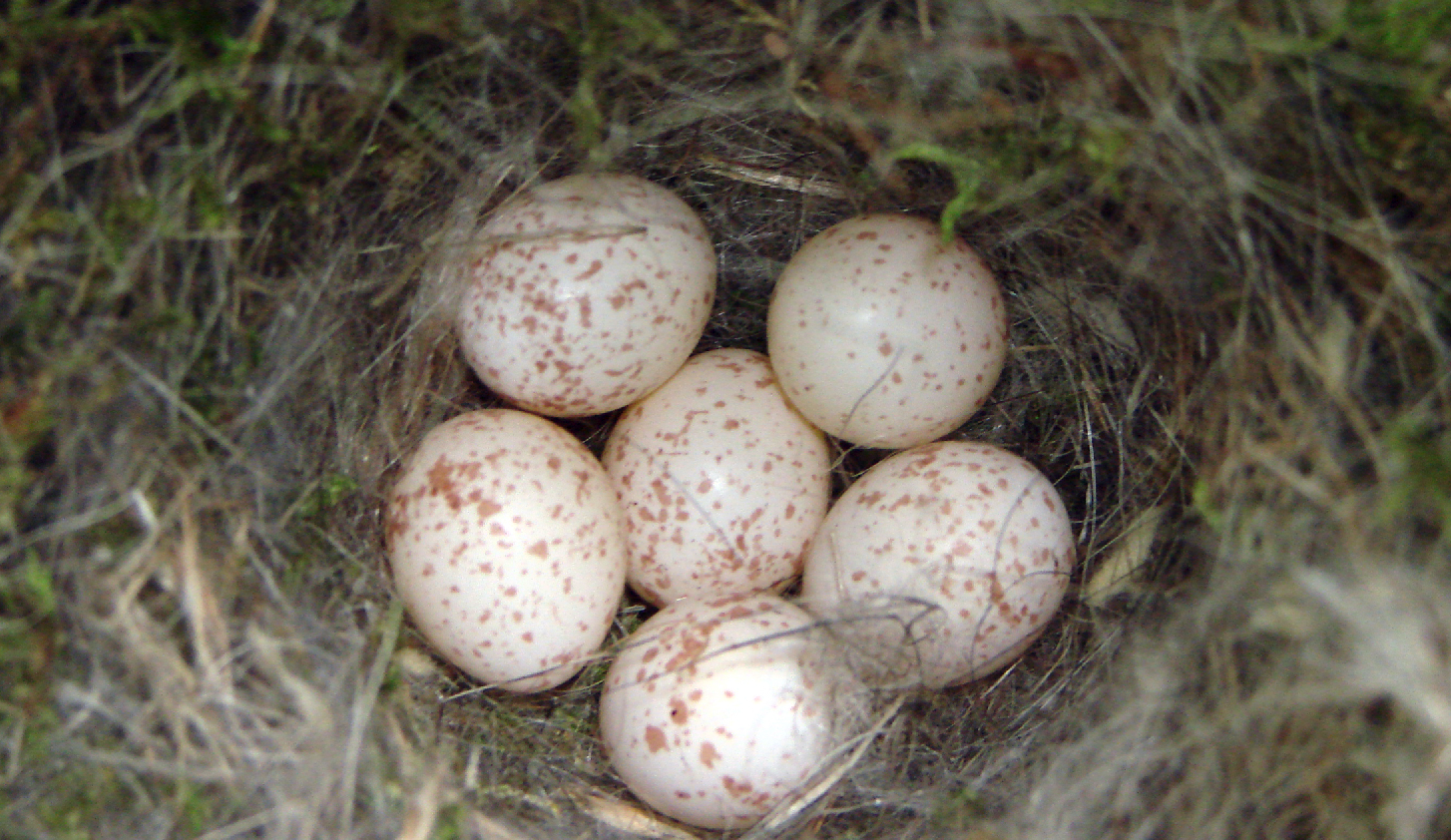51. Supply birds with calcium and other minerals.

Because they lay eggs, birds have very high calcium requirements. Calcium can be at a premium under many circumstances, but the situation is becoming dire in some areas where acid rain has leached calcium from the soil, making it less available in invertebrates as well as in grit. In these areas, ground-feeding birds such as Wood Thrushes are becoming calcium depleted and laying eggs with thinner shells. Also, seed-eating birds require grit in their gizzards to help them grind down their food. Providing grit and crushed oyster shells purchased from pet shops and eggshells from the kitchen can help birds enormously.

Because the risk of salmonella is high in raw eggs, all eggshells except those that have been hard-boiled should be baked for twenty minutes at 250 degrees Fahrenheit. Allow the eggshells to cool, and then crush them into pieces smaller than a dime. The Cornell Lab recommends offering them on the ground, in a dish, or on a low platform feeder, separate from seed feeders. The Lab has conducted tests to determine where various species prefer to pick up eggshells: chickadees and nuthatches prefer feeders, quails and swallows prefer the ground, and many birds show no strong preference either way. A huge variety of birds has been recorded picking up eggshells, including orioles, tanagers, warblers, and thrushes. Crows, jays, blackbirds, and swallows seem to take the most.
From 101 Ways to Help Birds, published by Stackpole in 2006. Please consider buying the book to show that there is a market for bird conservation books. (Photos, links, and updated information at the end of some entries are not from the book.)